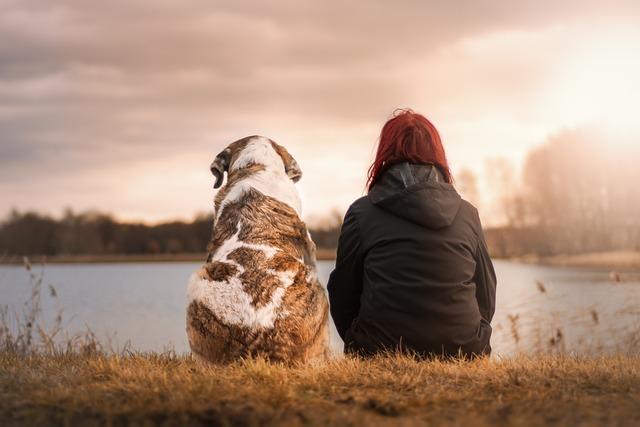Our furry friends age much faster than we do, and before we know it, our once-bouncy puppies become slower, grayer, and a bit creakier. But just because your dog is getting on in years doesn’t mean they can’t still enjoy a great quality of life.
There’s no magic solution for older dogs, but with a few adjustments and some extra TLC, you can help your senior canine companion stay happy, healthy, and comfortable well into their golden years. By implementing these tips, you’re creating your own personal Longevity Formula tailored specifically to your aging pup’s needs.
1. Tailor Their Diet to Their Changing Needs
As dogs age, their nutritional needs change. Many older dogs struggle with weight gain due to decreased activity levels, while others might have trouble maintaining a healthy weight. Your aging pooch might benefit from switching to a senior dog food formula that’s easier to digest and tailored to their specific needs.
If your older dog is packing on the pounds, look for a lower-calorie option that still provides all the necessary nutrients. On the flip side, if your senior pup is losing weight, you might need a higher-calorie food or one with more protein to help maintain muscle mass.
Don’t forget about dental health either. Softer foods or kibble soaked in warm water can be easier on aging teeth and gums. And hey, who doesn’t love a little gravy on their dinner now and then?
2. Keep Them Moving (But Don’t Overdo It)
Exercise is crucial for dogs of all ages, but you’ll need to adjust your approach as your furry friend gets older. While your dog might not be up for the long hikes or intense fetch sessions of their youth, regular, gentle exercise can work wonders for their physical and mental health.
Short, frequent walks are often better than one long trek. If your dog has arthritis or joint issues, swimming can be a fantastic low-impact exercise option. Many areas have dog-friendly pools or hydrotherapy centers specifically for canines.
Indoor activities can be great too. Hide treats around the house for a stimulating scavenger hunt, or try out some gentle tug-of-war games. The key is to keep your dog active without pushing them too hard.
3. Make Your Home Senior-Dog Friendly
As your dog ages, they might start to have trouble with things that were once easy for them. A few simple changes around your house can make a big difference in your older dog’s comfort and safety.
If your dog is having trouble with slippery floors, put down some non-slip mats or rugs to give them better traction. This can prevent falls and make your dog feel more confident moving around.
For dogs with arthritis or joint pain, consider getting an orthopedic bed. These beds provide extra support and can really help ease aches and pains. Place a few of these comfy spots around the house so your dog always has a cozy place to rest.
If your dog is struggling with stairs, a ramp can be a game-changer. You can use it to help them get in and out of the car, onto the bed, or up short flights of stairs.
4. Stay on Top of Vet Check-Ups
Regular vet visits become even more important as your dog ages. Many health issues are more common in older dogs, and catching them early can make a huge difference in treatment outcomes.
Don’t wait for obvious signs of illness to take your senior dog to the vet. Schedule check-ups at least twice a year, even if your dog seems perfectly healthy. Your vet can run tests to catch potential problems before they become serious and advise you on any changes in care your dog might need.
Between vet visits, keep an eye out for any changes in your dog’s behavior, appetite, or energy levels. Older dogs can be good at hiding discomfort, so it’s up to us to be their advocates and speak up when something seems off.
5. Pamper Those Aging Joints and Muscles
Just like us, dogs can get achy and stiff as they age. A little extra attention to their physical comfort can go a long way.
Gentle massages can help soothe sore muscles and promote circulation. You don’t need to be a professional masseuse – just some gentle rubbing and kneading can feel great to your dog. It’s also a wonderful way to bond and check for any unusual lumps or bumps.
If your vet gives the okay, consider adding a joint supplement to your dog’s diet. Glucosamine and chondroitin are popular options that may help support joint health.
For dogs with arthritis, a heating pad (on low setting) or a warm towel can provide soothing relief. Just be sure to monitor closely to avoid burns, and never leave a heating pad on unattended.
Caring for an aging dog comes with its challenges, but it’s also an opportunity to deepen your bond and show your appreciation for all the love and companionship they’ve given you over the years. With these tips and a lot of love, you can help your senior dog enjoy their golden years to the fullest. After all, they’ve spent their whole life being your best friend – now it’s your turn to be theirs.
The post 5 Clever Tips for Caring for Your Aging Dog appeared first on Animal Wellness Magazine.

